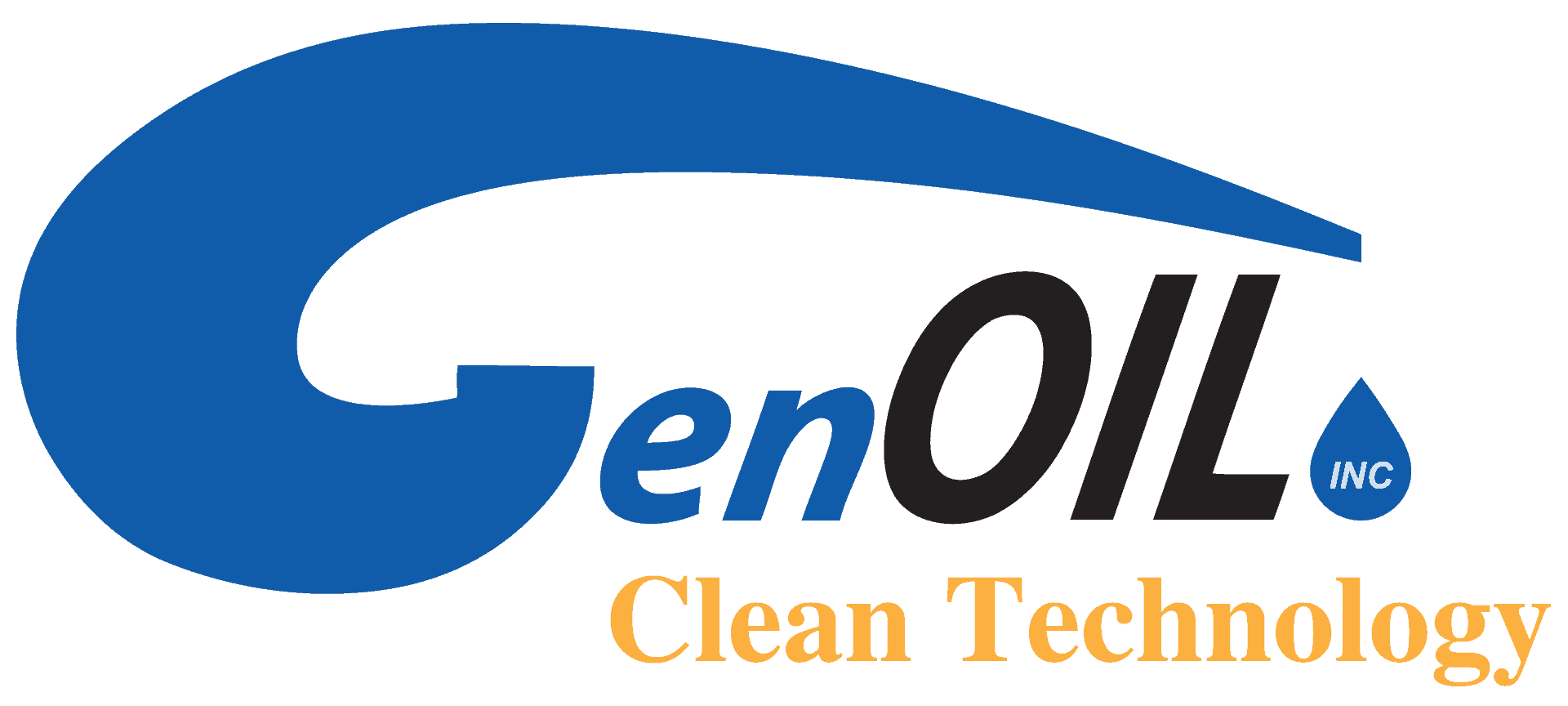DEVELOPMENT HISTORY AND GENERAL PROCESS
Hydroprocessing of Crude Oil, Bitumen and Residues
The Hydroprocessing of residues can be done in several different types of reactors:
- Fixed bed reactors
- Ebullating bed reactors
- Slurry phase reactors
Fixed Bed Process
Fixed bed and ebullating bed systems were developed in the 1960s for the desulphurization of residues to make low-sulphur fuel oils. Additional units continue to be built, but the emphasis has shifted to the hydrotreating / hydroconversion of crude oil and crude oil residues to gas oils and the preparation of reduced metals, reduced asphaltene FCC or other refinery feeds.
Fixed bed units account for 85% of capacity and ebullating bed units account for most of the remaining 15%. There are only four slurry phase units in operation.
The development of new and improved hydroprocessing catalytic cracking technologies has been possible due to the development of new and improved catalysts by process licensors and catalyst vendors for specific needs such as hydrodemetallization (HDM), hydrodesulphuration (HDS), hydrodenitrogenation (HDN), and hydrocracking (HYC) at elevated pressures in fixed bed, ebullating bed or slurry phase reactors.
The Genoil GHU® can be utilized to upgrade high sulphur, acidic, crude, bitumen, and refinery residue streams, and for hydroprocessing naphtha, kerosene, diesel and vacuum gas oil. The Genoil processing scheme is based on a fixed bed reactor system with a reactor sequence and catalyst distribution to protect the more active hydroprocessing catalyst. The first reactors are guard reactors that can be switched on stream to remain in service if the need to change catalyst arises, containing HDM catalysts to remove metals from the feed, followed by a second main reactor using highly active HDS, or a combination of HDS and HDN beds for sulphur and nitrogen removal, and final conversion of heavier feed stock into sweet light crude or upgraded residue for utilization in the existing refinery. If the feed is of a quality wherein the HDM guard bed is not required, the entire hydroconversion process can be done through a single reactor. The unconverted residue formed after hydroprocessing through the fixed beds of the GHU® unit can be sent to a Syntheses Gas Unit, gasified, and the syntheses gas then used for hydrogen recovery to supply the Genoil GHU®, and the remaining syntheses gas used as fuel gas or to generate power and steam by adding an Integrated Gasification Configuration Cycle (IGCC) unit into the overall plant configuration.
diesel and vacuum gas oil. The Genoil processing scheme is based on a fixed bed reactor system with a reactor sequence and catalyst distribution to protect the more active hydroprocessing catalyst. The first reactors are guard reactors that can be switched on stream to remain in service if the need to change catalyst arises, containing HDM catalysts to remove metals from the feed, followed by a second main reactor using highly active HDS, or a combination of HDS and HDN beds for sulphur and nitrogen removal, and final conversion of heavier feed stock into sweet light crude or upgraded residue for utilization in the existing refinery. If the feed is of a quality wherein the HDM guard bed is not required, the entire hydroconversion process can be done through a single reactor. The unconverted residue formed after hydroprocessing through the fixed beds of the GHU® unit can be sent to a Syntheses Gas Unit, gasified, and the syntheses gas then used for hydrogen recovery to supply the Genoil GHU®, and the remaining syntheses gas used as fuel gas or to generate power and steam by adding an Integrated Gasification Configuration Cycle (IGCC) unit into the overall plant configuration.
Using high activity hydrotreating / hydrocracking catalysts and proprietary design technology, Genoil has conducted multiple estimations on various sour, crude, bitumen and residue oil feed stocks ranging from 6.5° to over 27.5° API gravity. The operating conditions (pressure, temperature, space velocity) were selected to achieve a minimum one-year cycle while maintaining maximum conversion of the vacuum residue fraction of the feed. Typically, the Genoil GHU® operating conditions were substantially milder (pressure, space velocity) than other hydroprocessing processes, and the conversion of the vacuum residue fraction with the GHU® process was also much higher while avoiding precipitation of asphaltenes.
For example, shown below are the results of processing bitumen extracted from Western Canada tar sands using the GHU® technology, for a reference when upgrading heavier oils. With the addition of a distillation unit after the GHU® and using the residue to feed a syntheses gas unit, the API can be increased again from 24° to at least 34° API.
|
Bitumen Upgrading by GHU®
|
Feed (vol%)
|
Product (vol%)
|
|
Gravity, °API |
8.5 |
24.8 |
|
Sulphur, wt% |
5.14 |
0.24 |
|
Nitrogen, wt% |
0.27 |
0.14 |
|
C5 Asphaltenes |
17.3 |
1.6 |
|
C7 Asphaltenes |
12.6 |
1.2 |
|
CCR, wt% |
12.8 |
2.6 |
|
Cut Points
|
Feed (vol%)
|
Product (vol%)
|
|
IBP-340°F (171°C) |
0.0 |
8.7 |
|
340-450°F (171-232°C) |
2.0 |
11.5 |
|
450-649°F (232-343°C) |
12.4 |
33.0 |
|
649-975°F (343-524°C) |
32.3 |
36.7 |
|
975°F+ (524°C+) |
53.3 |
10.1 |
|
°API Increase |
16.3 |
|
% HDS |
95 |
|
% HDN |
48 |
|
CCR Conversion, % |
80 |
|
C7 Asphaltenes Conversion, % |
90 |
|
975°F+ (524°C+) Conversion, % |
81 |
